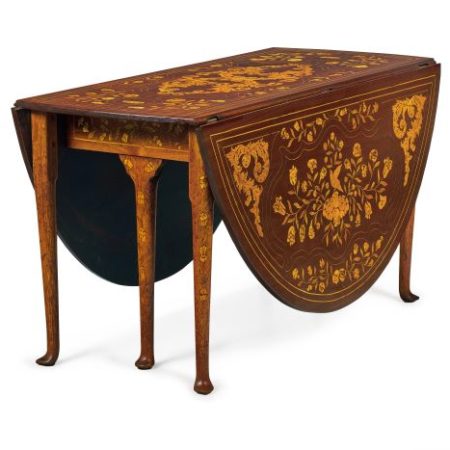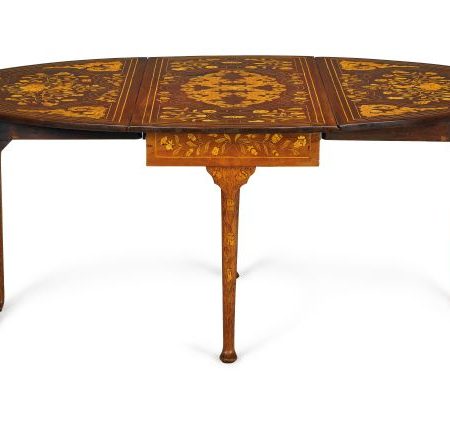Dining tables
Antique Dining Tables: Timeless Elegance and Craftsmanship
Dining tables have been an essential part of human life since ancient times, serving as a focal point for meals, gatherings, and work. The evolution of dining tables reflects the changing needs and artistic preferences of different eras. From robust early designs built to withstand the weight of multiple users to the refined and elegant tables found in the grand salons of the 18th and 19th centuries, antique dining tables embody a rich heritage of craftsmanship and style.
The Evolution of Antique Dining Tables
While few tables from antiquity have survived, Gothic and Renaissance-era tables are still available today, showcasing intricate carvings and solid construction. Renaissance dining tables, in particular, were known for their artistic embellishments, with sturdy legs often featuring traverses and footrests. Tabletops were typically 5-10 cm thick, emphasizing their durability and grandeur. This solid character persisted until the late 19th century, particularly in refectory tables and rustic country house styles.
In contrast, dining tables in castles and palaces evolved to reflect a more refined aesthetic. In England and France, elegant mahogany dining tables with thinner tops—often just 2-3 cm thick—became popular. These tables, available in round, oval, or rectangular shapes, could be extended to several meters in length and featured delicate, filigree legs. Depending on their size, they were supported by anywhere from four to ten legs, showcasing exquisite craftsmanship and versatility.
Iconic Dining Table Styles Through the Ages
Over time, countless leg constructions and table styles were designed to suit various uses, countries, and periods. The Regency style dining table, popularized in England, introduced a practical and comfortable design with three-legged pedestals placed in the middle to allow for more knee room—an enduring style that remains popular today.
The 18th and 19th centuries also marked the rise of occasional tables, which became an essential element in upscale interiors. Known as “tables volantes,” these versatile pieces could be moved around the room as needed, serving as surfaces for tea, flowers, or books. A grand residence of the time could house a dozen such tables, each serving a unique function.
Diversity in Small Antique Tables
From the mid-18th century onward, an incredible variety of smaller tables gained popularity, each designed for specific purposes and crafted with remarkable attention to detail. Some of the most sought-after styles include:
- Console tables – Elegant and functional, perfect for entryways and hallways.
- Game tables – Designed for entertainment and social gatherings.
- Writing tables – Practical yet stylish, offering a dedicated space for correspondence.
- Sewing tables – Equipped with compartments for storing sewing materials.
- Flower tables – Perfect for displaying floral arrangements.
- Gueridons – Small circular tables often used to hold decorative objects.
- Coiffeuses – Elegant dressing tables with mirrors.
- Toilet tables – Practical pieces designed for personal grooming routines.
During the reigns of Louis XV and Louis XVI, these smaller pieces, along with chests of drawers, became focal points in elegant salons. Renowned ébénistes such as Bernard II van Risamburgh and Jean-Henri Riesener received commissions from the royal court and aristocracy, further cementing the status of these exquisite furnishings.
Explore Our Collection of Antique Dining Tables
Whether you’re looking for a grand statement piece to host lavish dinner parties or a refined occasional table to add a touch of elegance to your space, our curated selection of antique dining tables offers timeless beauty and historical significance. Browse our collection online or visit our Vienna showroom to discover the perfect piece that resonates with your style and enhances your interior with authentic French charm.



